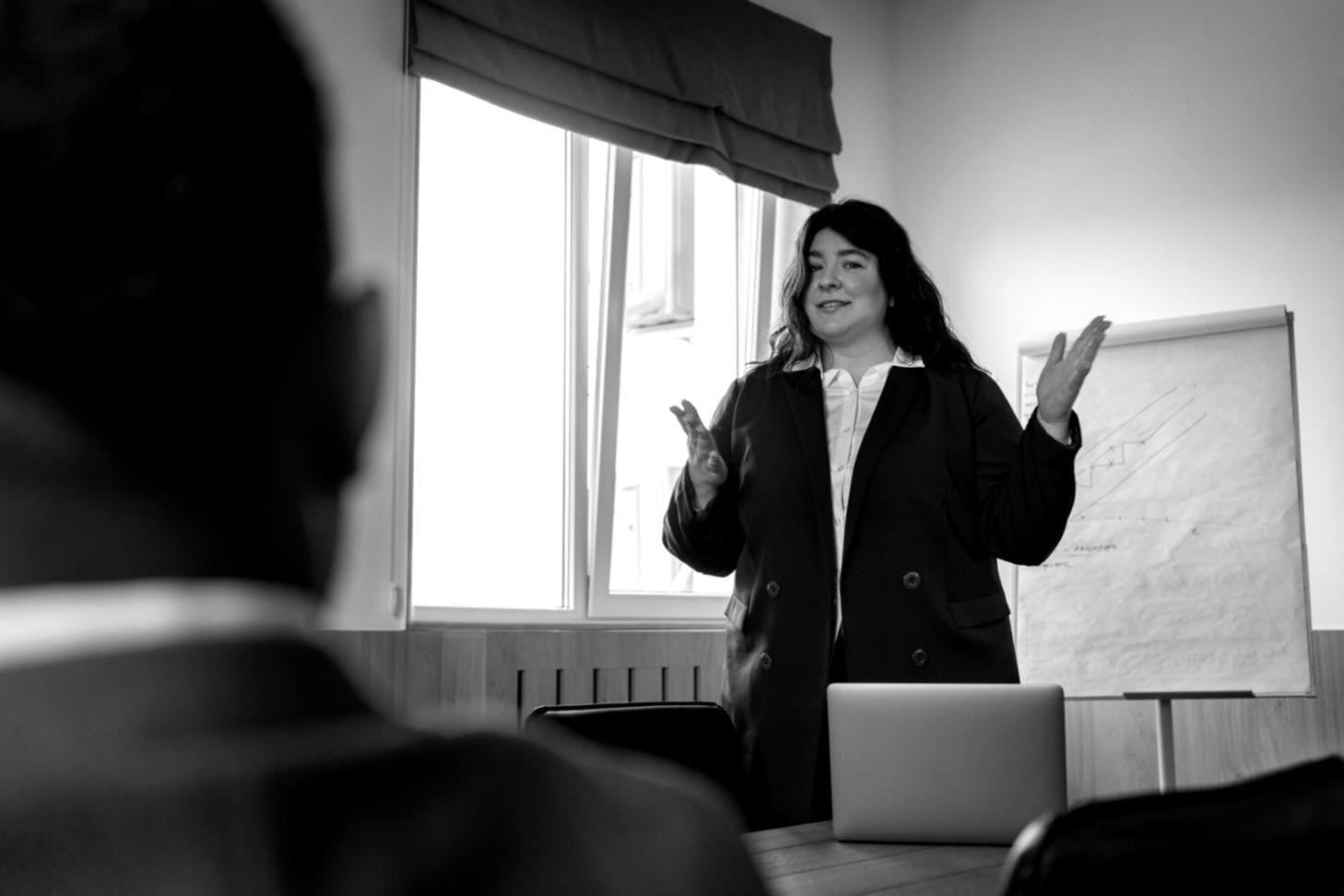Audience-First Thinking
Every budget presentation should be custom-built for the people reviewing it. What are their concerns? What language do they use? What level of detail helps versus overwhelms? Generic templates won't cut it.
We spend a lot of time talking about numbers. But honestly? Most budget presentations fall flat because they focus too much on the data and not enough on what it means for the people in the room. Over the past few years, I've watched countless professionals struggle with this disconnect—and I've seen what happens when they finally crack the code.
The biggest mistake people make? They jump straight into spreadsheets. But think about it—when was the last time a column of numbers convinced someone to change their mind about resource allocation?
Your audience needs context first. They need to understand the business problem before they care about your proposed solution. I've found that starting with a clear narrative about challenges and opportunities makes the actual budget figures feel like a natural response rather than an arbitrary demand.
Consider your audience's priorities before opening Excel. What keeps them up at night? What metrics actually matter to their success? Build your presentation around those concerns, and suddenly your budget becomes their solution.

After working with dozens of teams across different industries, I've noticed patterns in what works and what doesn't. This isn't theory—it's what I've seen succeed in actual boardrooms and budget meetings throughout 2025 and early 2026.
Establish the business environment and challenges before introducing financial requests. People need to understand the playing field before they evaluate your strategy.
Connect every line item to measurable business outcomes. Not just "what we'll buy" but "what we'll achieve" in terms that resonate with decision makers.
Address the elephant in the room—what happens if funding doesn't come through? Being upfront about consequences builds credibility and helps stakeholders make informed choices.
| Budget Element | Traditional Approach | Effective Approach |
|---|---|---|
| Opening Slide | Executive summary of costs | Business challenge statement with market context |
| Financial Details | Line-by-line expense breakdown | Investment categories tied to strategic objectives |
| Justification | "We need this to operate" | Specific outcomes with timeline and success metrics |
| Risk Discussion | Often omitted or minimized | Clear tradeoffs and alternative scenarios presented |
| Q&A Preparation | Defensive stance on costs | Collaborative exploration of options and adjustments |

I remember sitting in on a budget review last July where the presenter had clearly done their homework on the numbers but hadn't thought about the story. The CFO kept asking "why" questions that weren't addressed in the slides, and the whole thing derailed.
What struck me was how avoidable it was. The budget itself was reasonable—maybe even conservative. But the presentation felt like a grocery list instead of a strategic proposal. And that gap between content and communication? It's more common than you'd think.
"The best budget presentations I've seen feel more like strategic planning sessions than financial requests. You're not just asking for money—you're inviting stakeholders into a conversation about priorities and possibilities."
Theory is nice, but let's talk specifics. Here's how these principles actually play out when you're building a presentation for September 2026 budget planning cycles.
Your presentation needs to flow like a well-constructed argument, not a data dump. Start with the business context—what's changed in your market, your organization, or your operational environment that makes this budget necessary or urgent?
Then connect those changes to specific needs. Don't just say "we need three new team members." Explain what customer commitments or strategic initiatives can't be delivered without additional capacity, and what the business impact of that gap would be.
The difference between this approach and traditional budget presentations? People leave understanding not just what you want to spend, but why it matters to the broader business agenda.

More stakeholder engagement with narrative-driven budgets
Faster approval cycles with clear context
Traditional budget training focuses on Excel skills and financial modeling. That's useful, sure. But it misses the point. The hardest part isn't building the spreadsheet—it's getting people to care about what's in it.
What I've learned from working with teams across Australia is that communication gaps cause more budget failures than financial gaps. You might have a perfectly sound budget that goes nowhere because you couldn't articulate why it matters.
Every budget presentation should be custom-built for the people reviewing it. What are their concerns? What language do they use? What level of detail helps versus overwhelms? Generic templates won't cut it.
Shift the conversation from "what we're spending" to "what we're achieving." When stakeholders understand the business value, budget discussions become collaborative problem-solving rather than adversarial negotiations.
The best budget presenters don't hide constraints—they make them explicit. When you're transparent about what you can and can't do with different funding levels, you build trust and help decision makers make informed choices.
Our next workshop series kicks off in August 2026, focused specifically on budget communication skills for the Australian market. We'll work through real scenarios and build practical frameworks you can use immediately.
Get Workshop Details